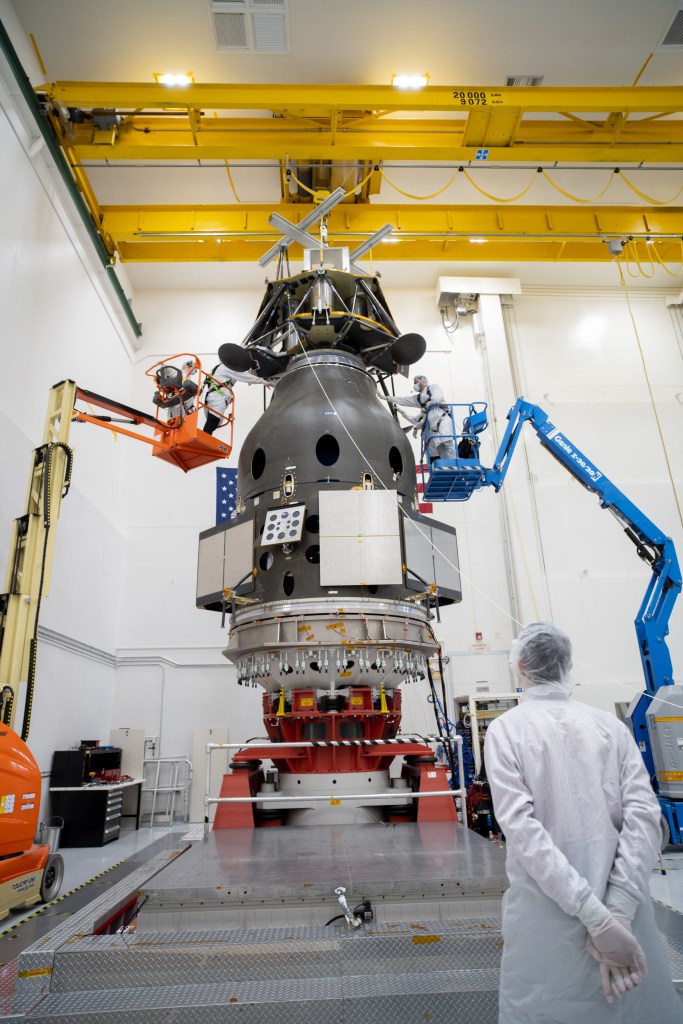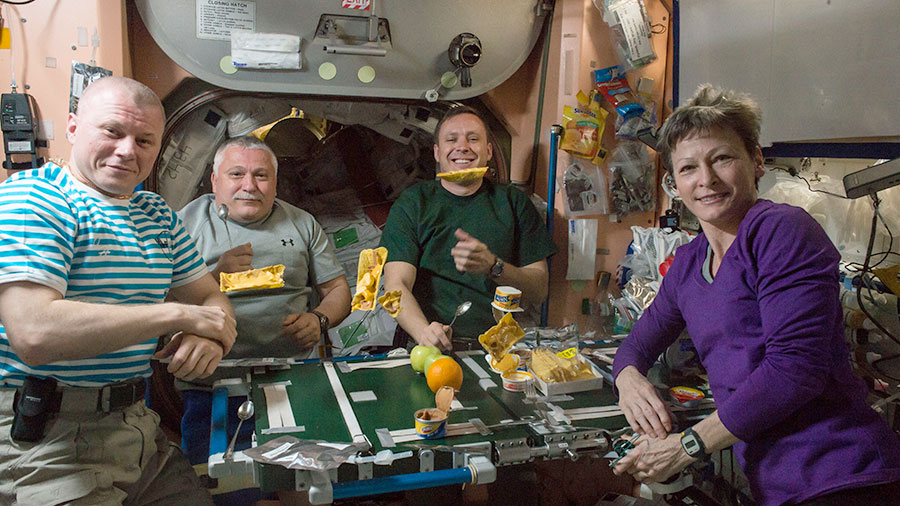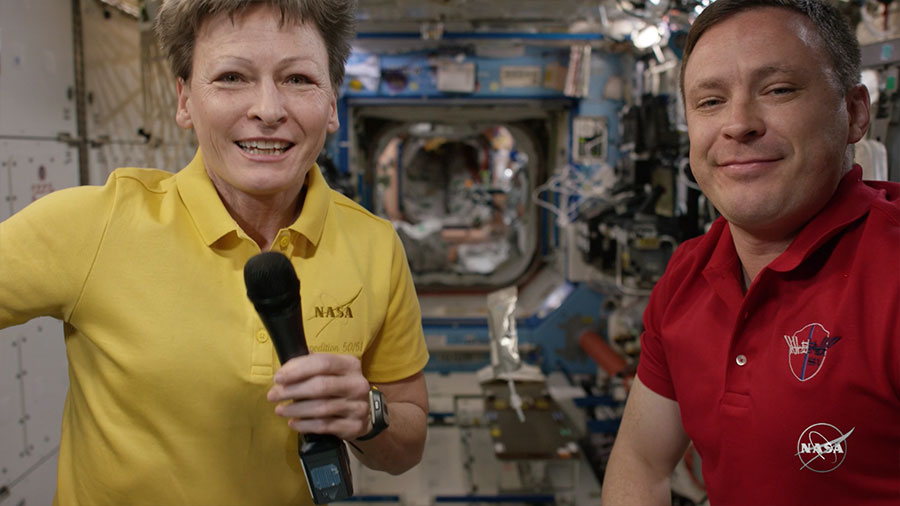NanoRacks External Platform (NREP) Installation: The JEM (Japanese Experiment Module) Remote Manipulator System (JEMRMS) transferred and installed the NREP to the JEM External Facility (JEM-EF). The Slide Table was returned to the JEM Airlock (JEMAL) and the crew pressurized and vented the Airlock in preparation for future JEMAL activities. NREP represents the first external commercial …



























